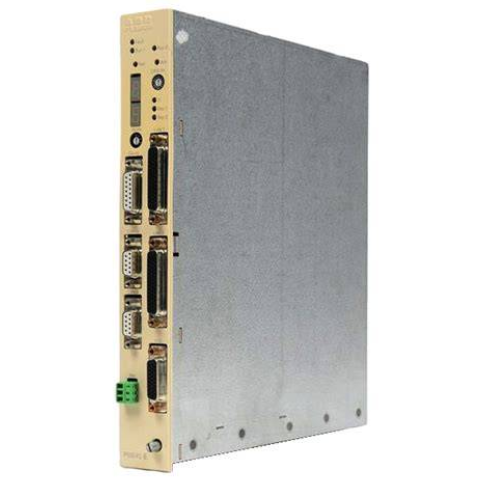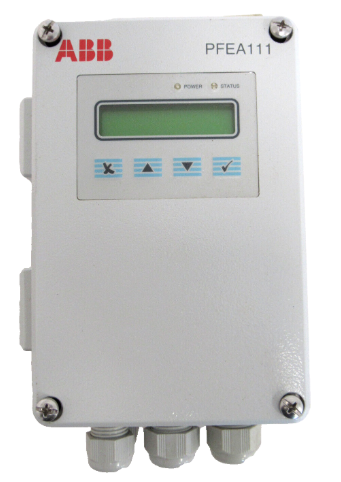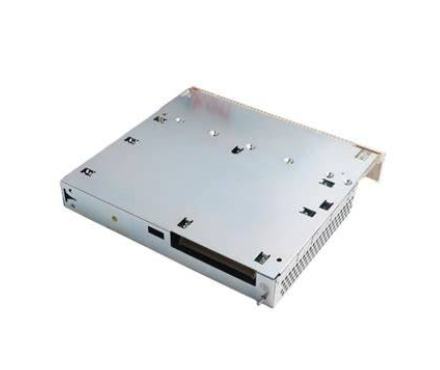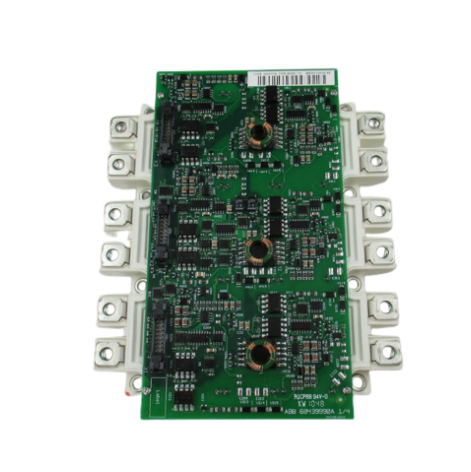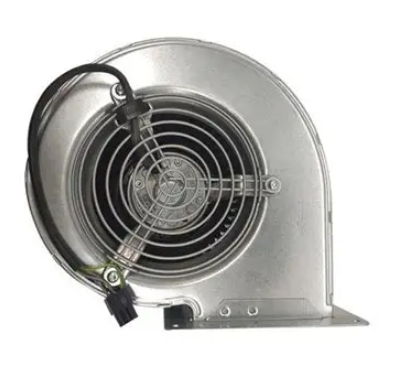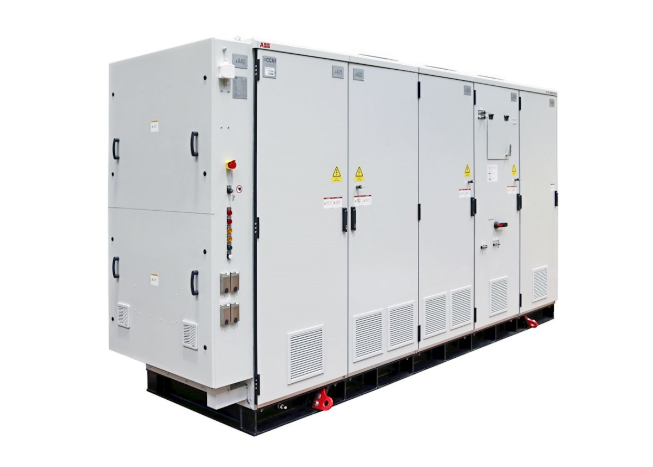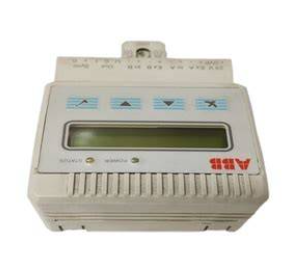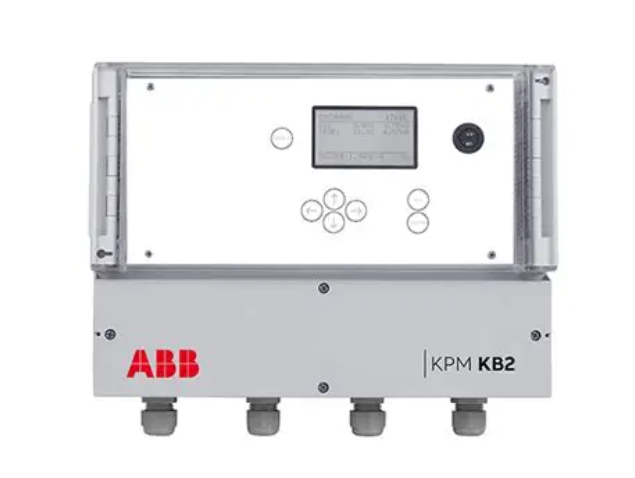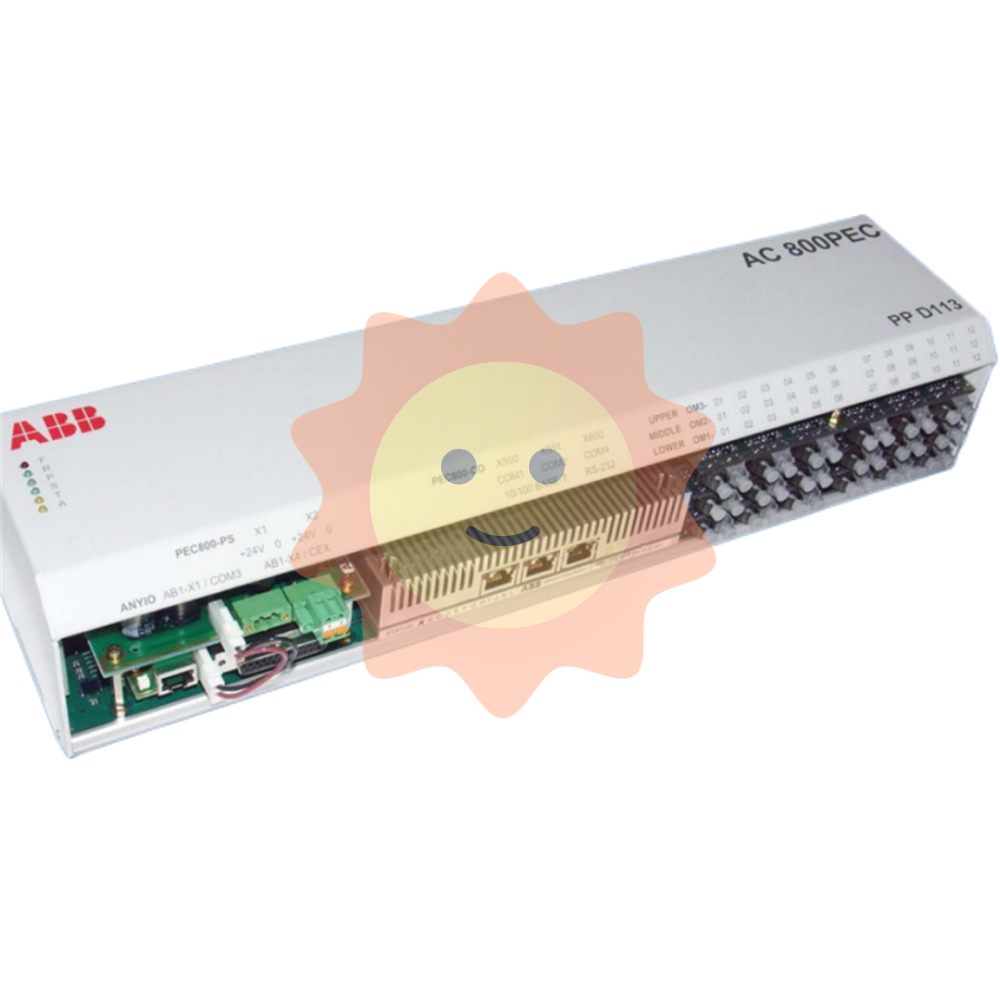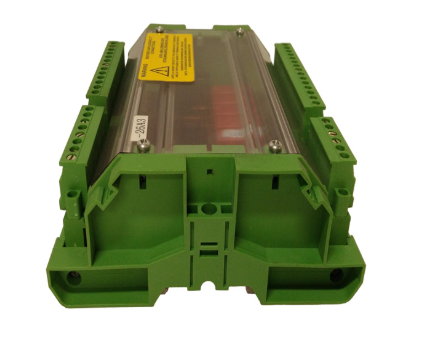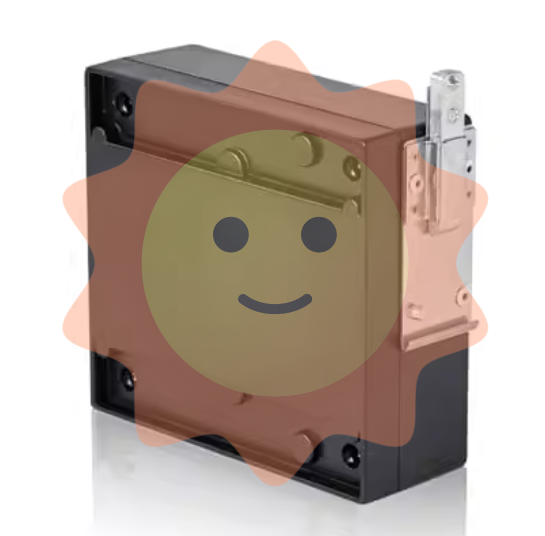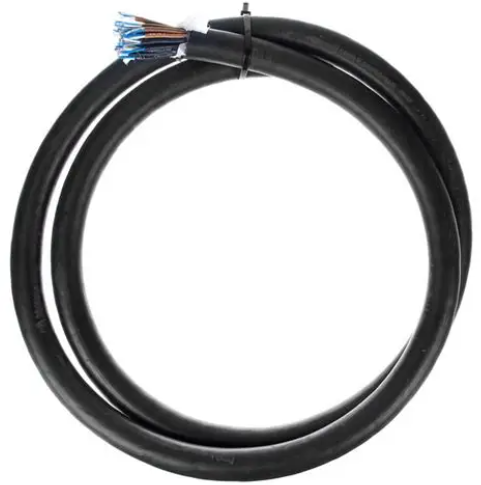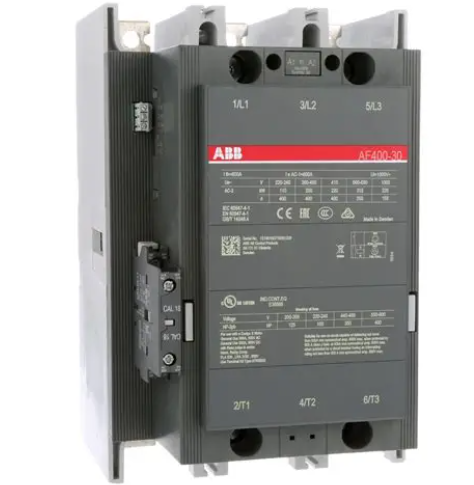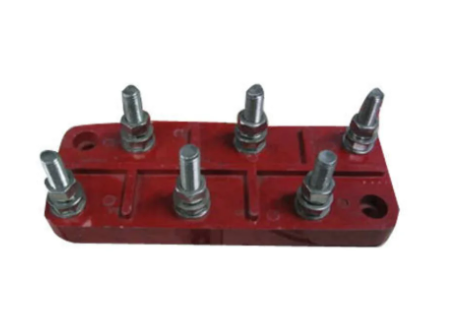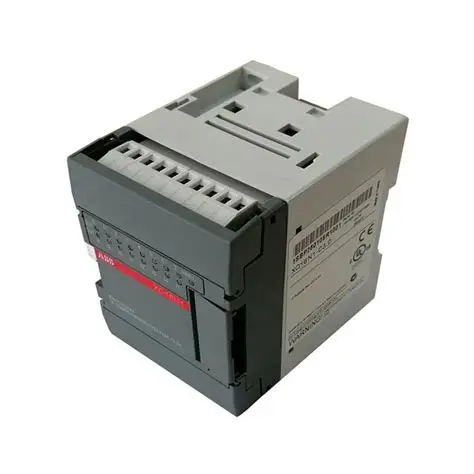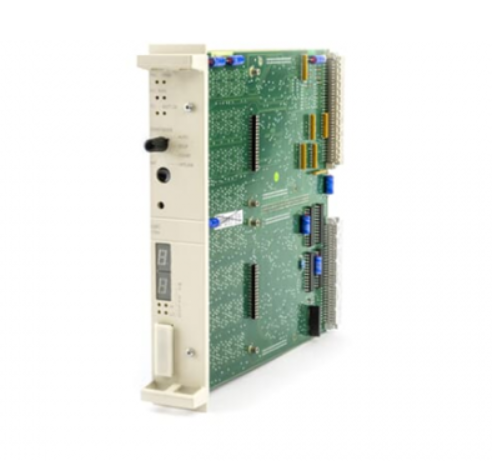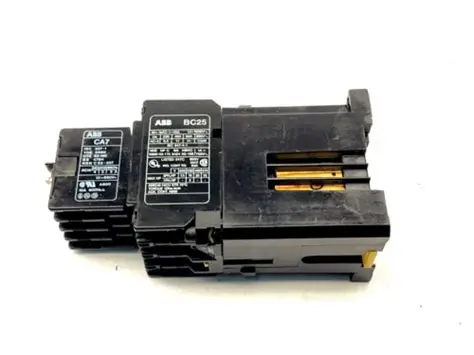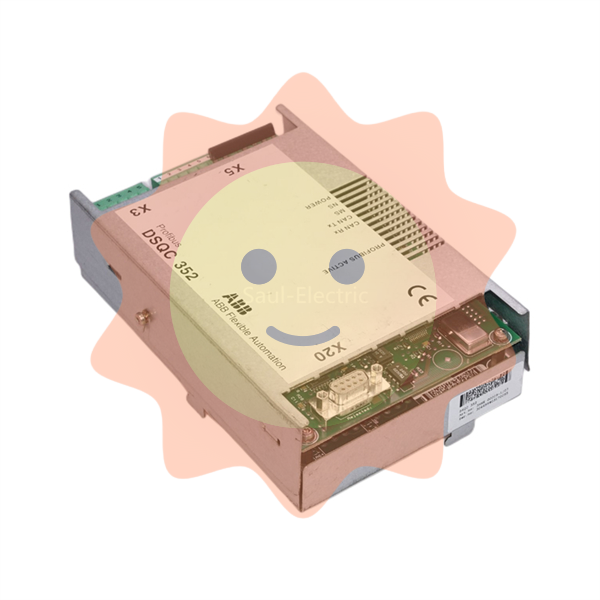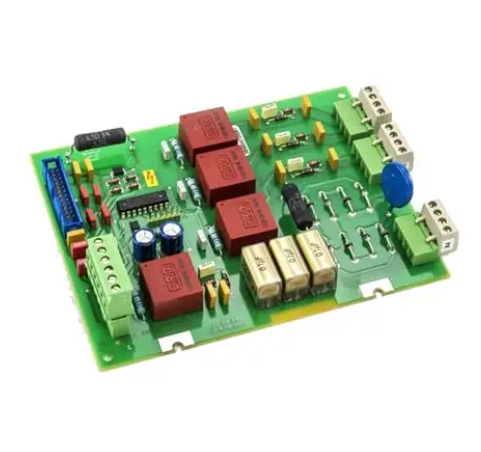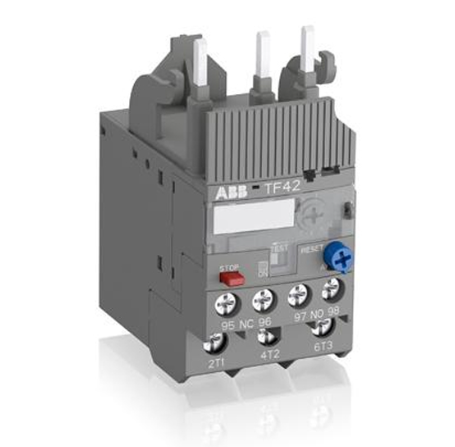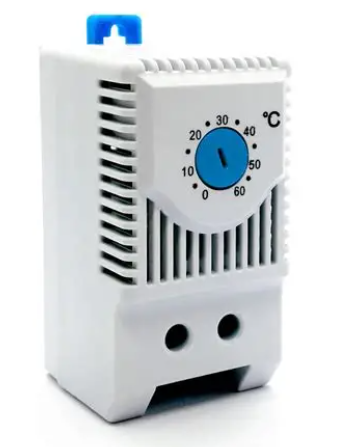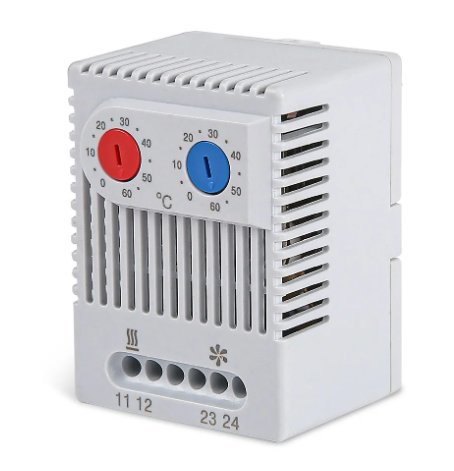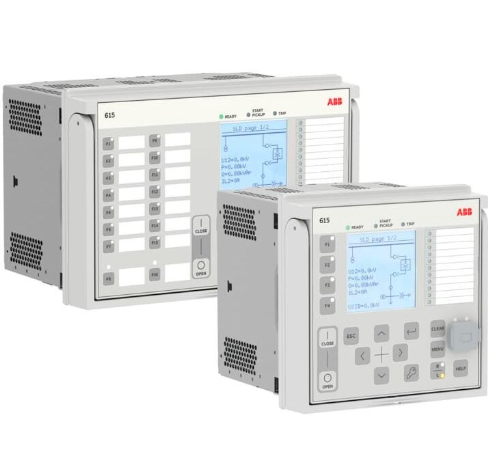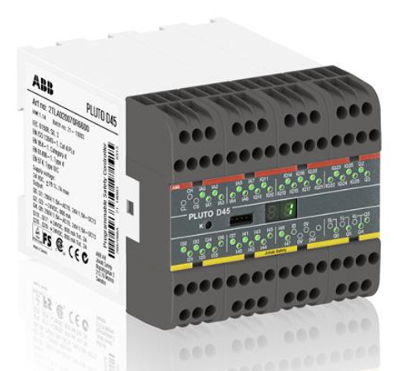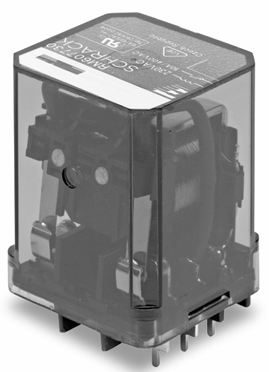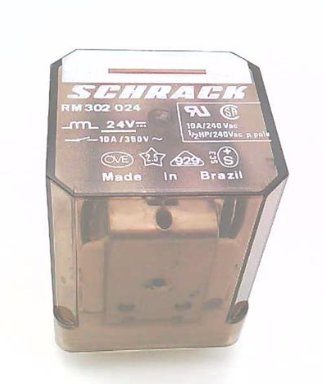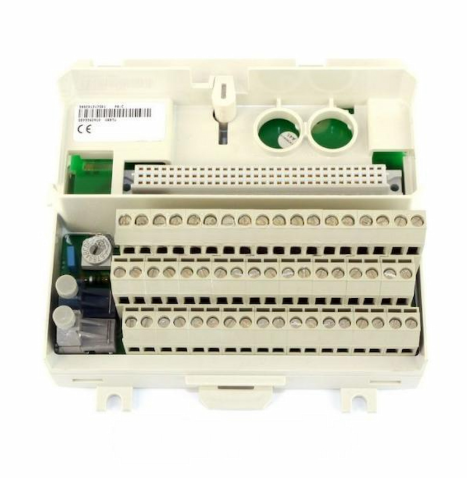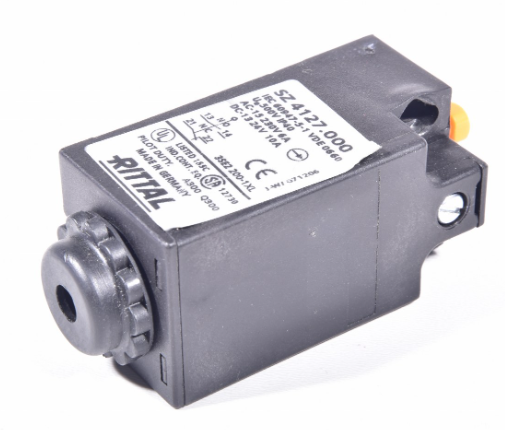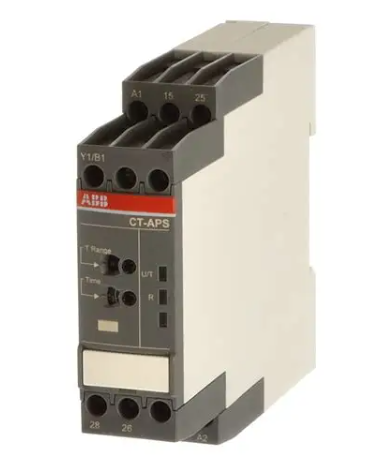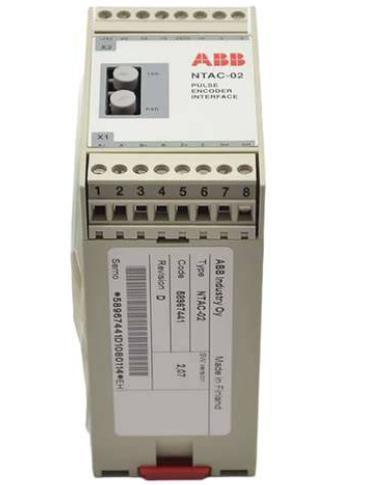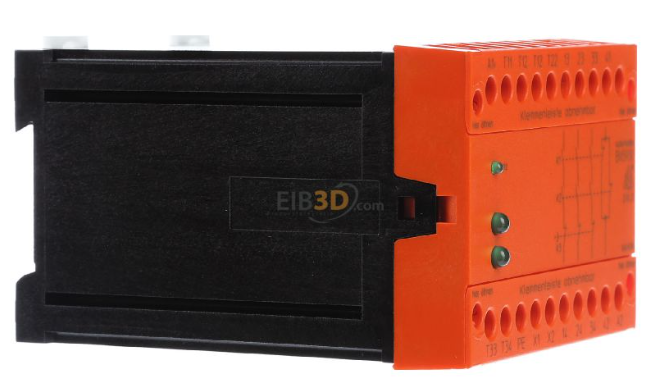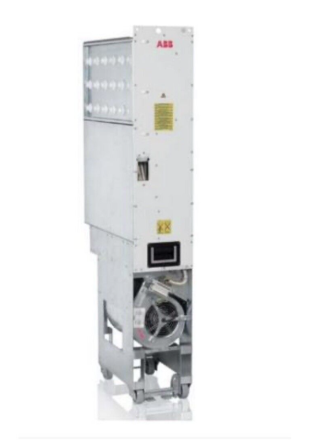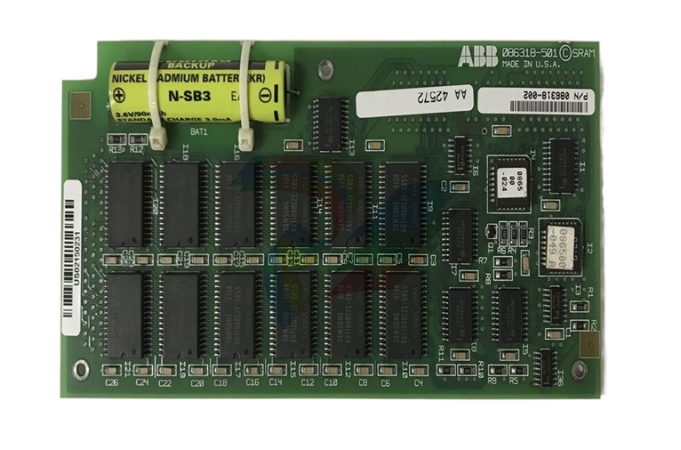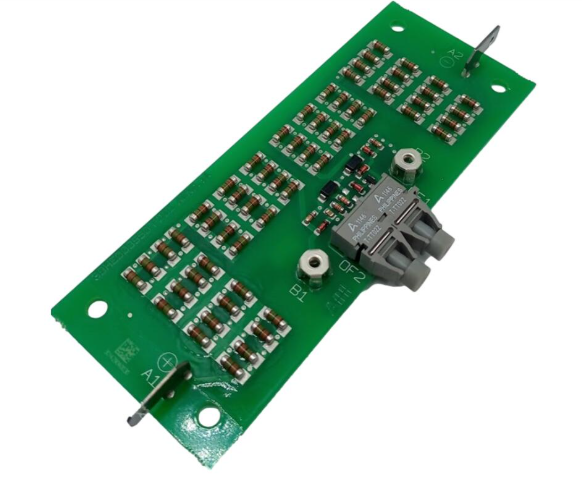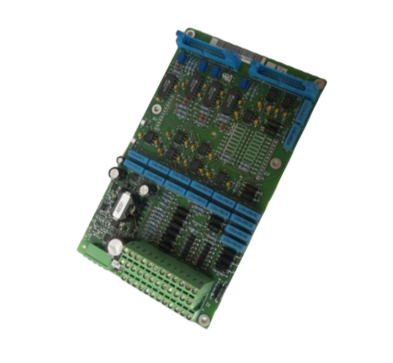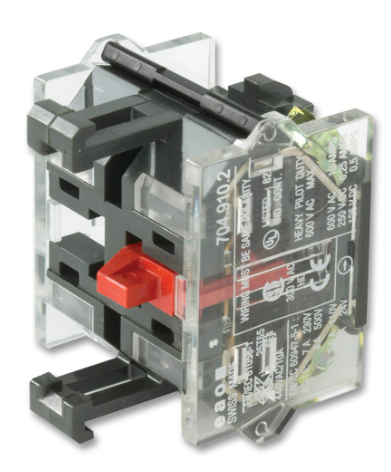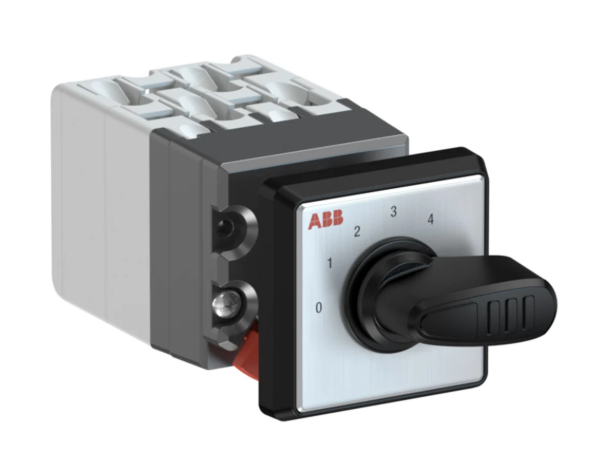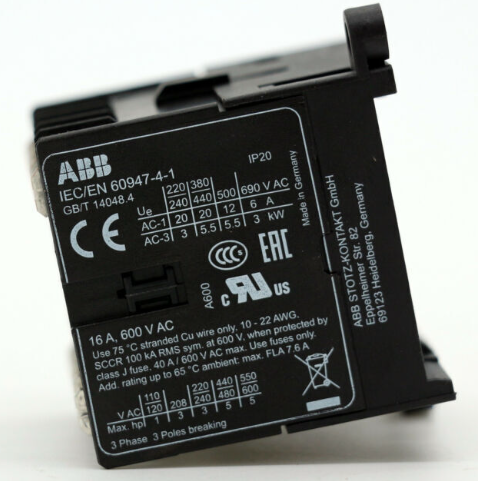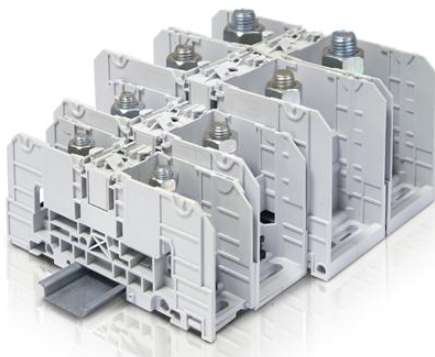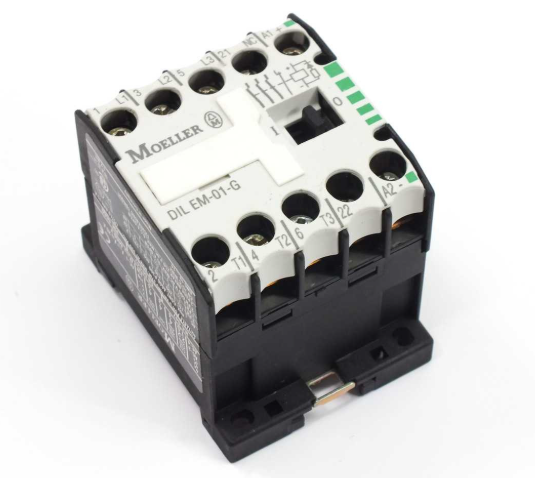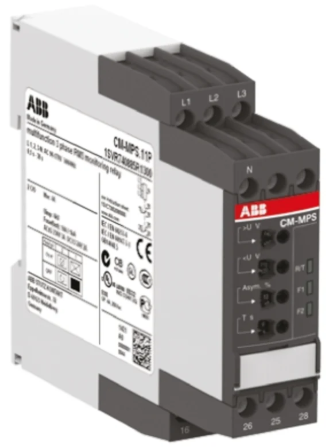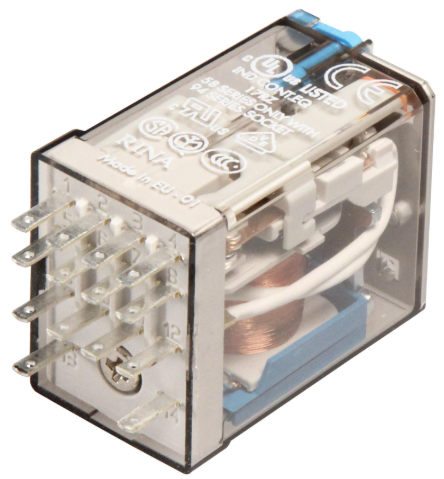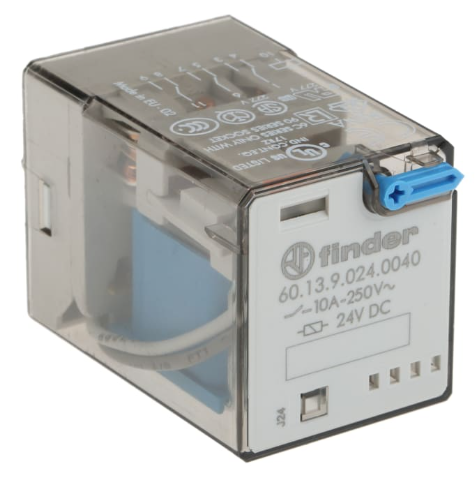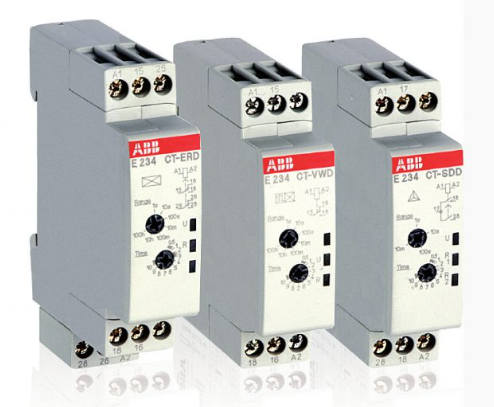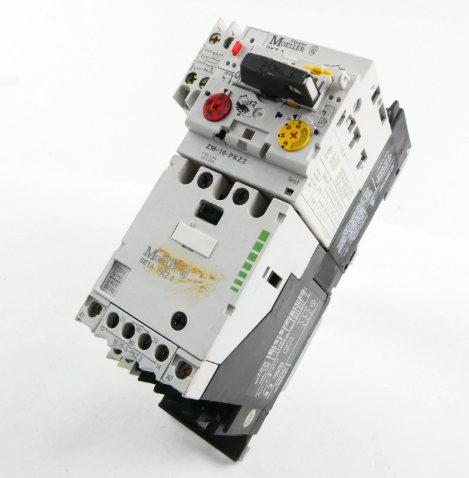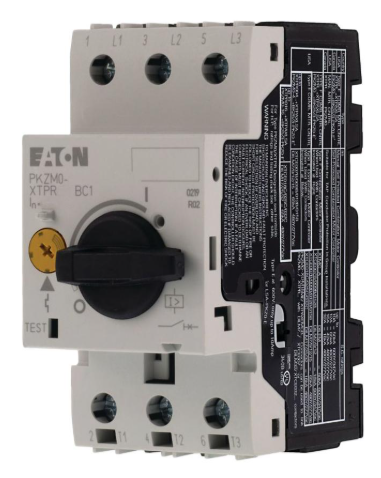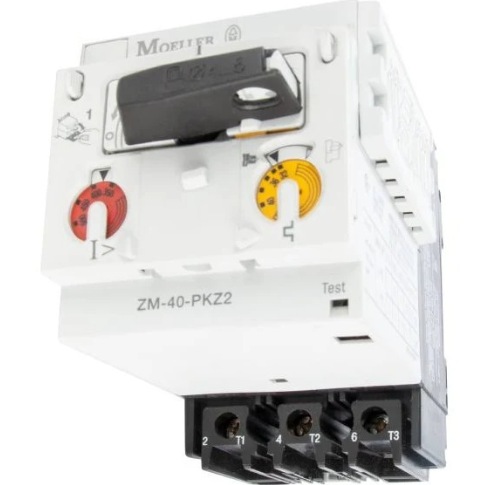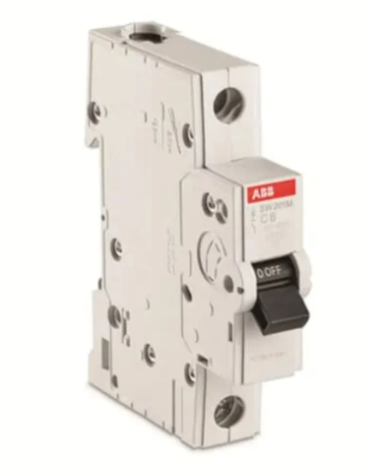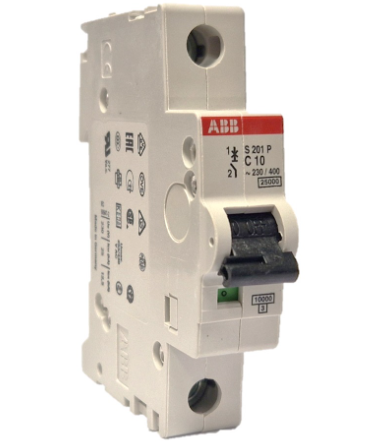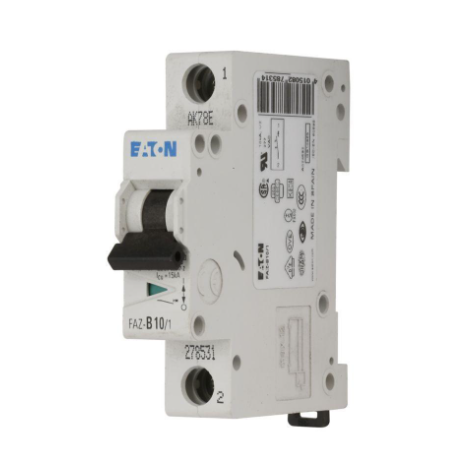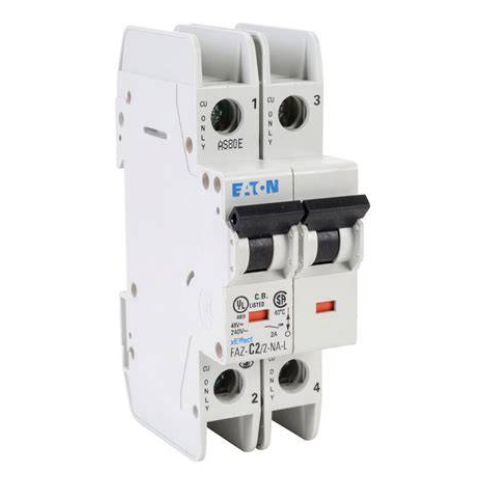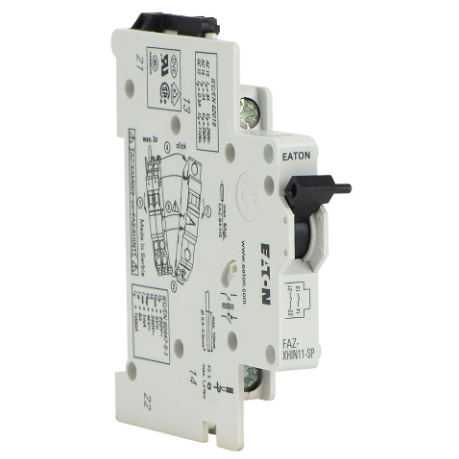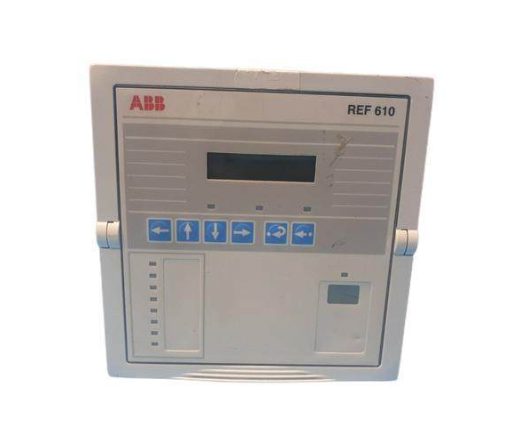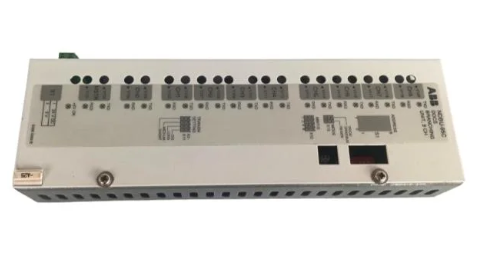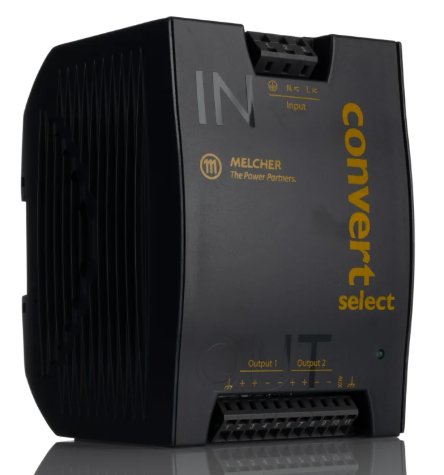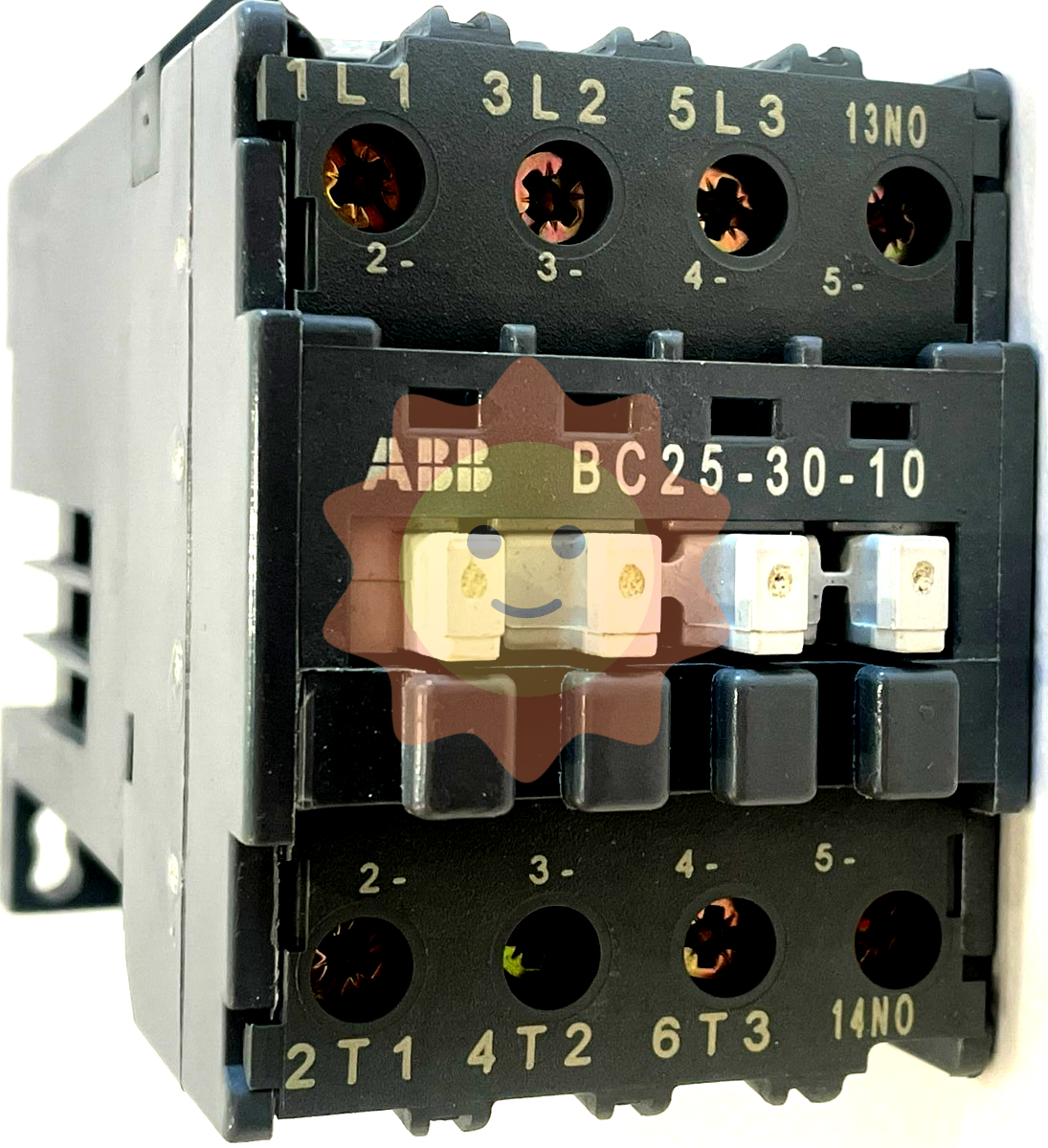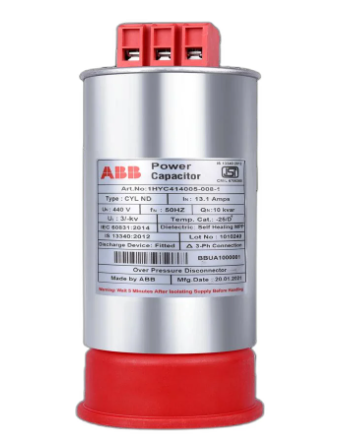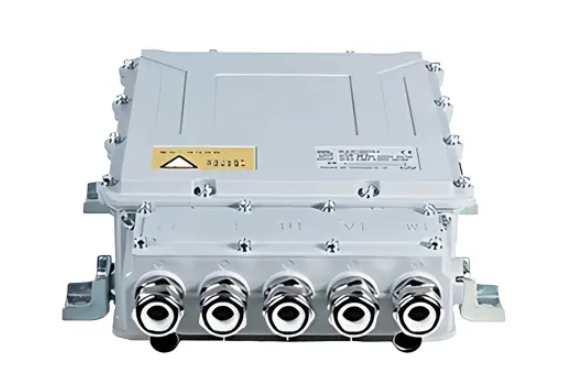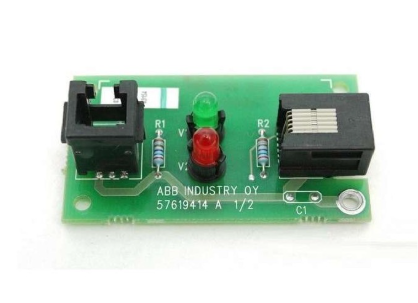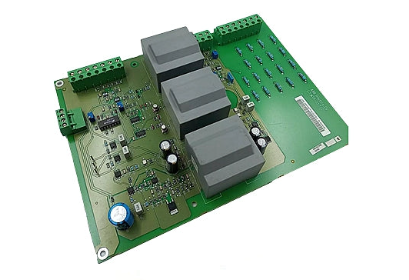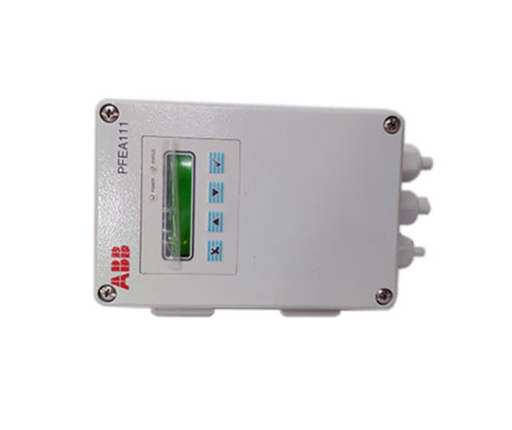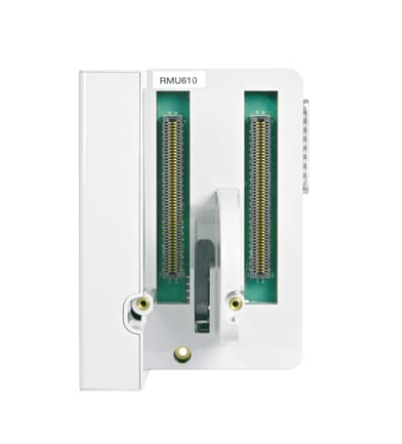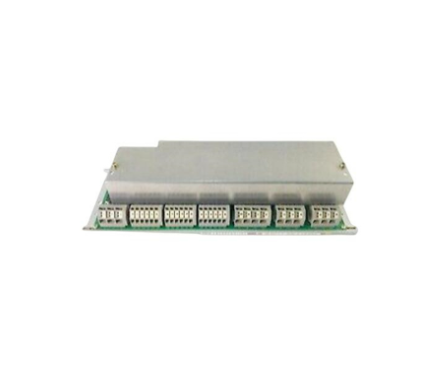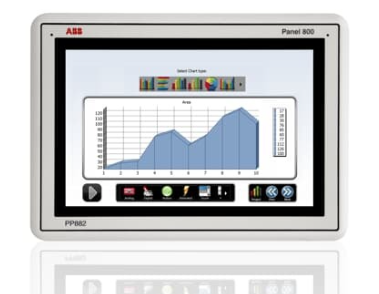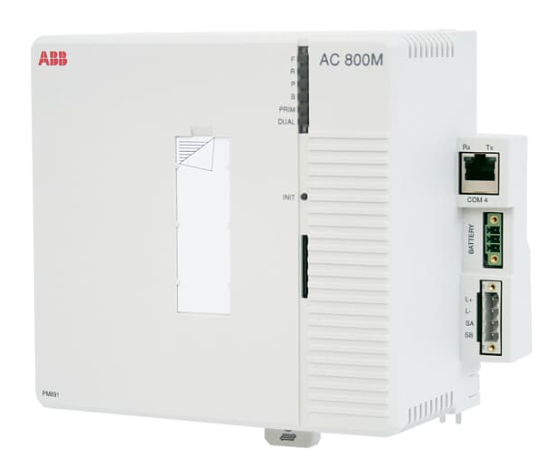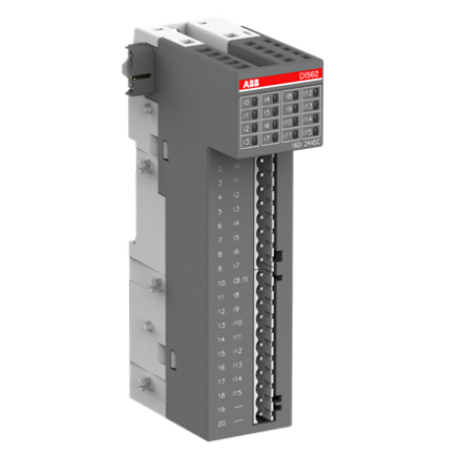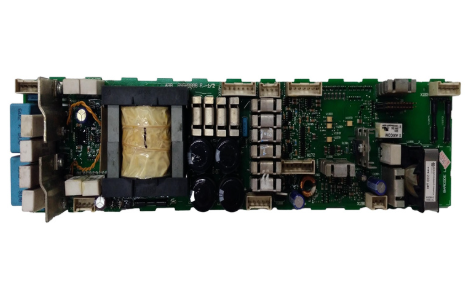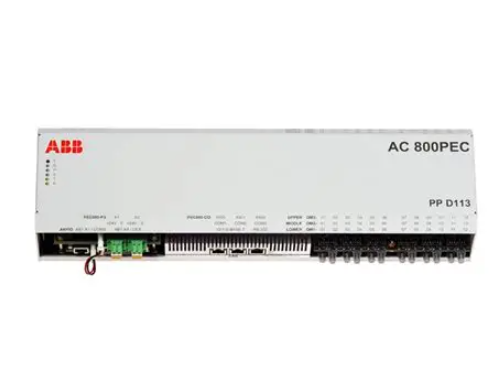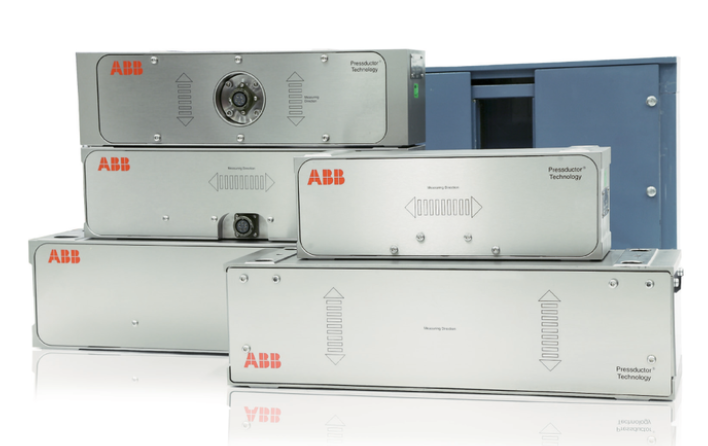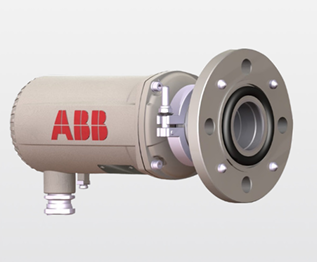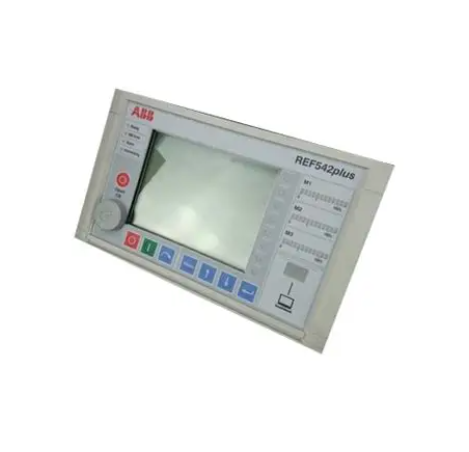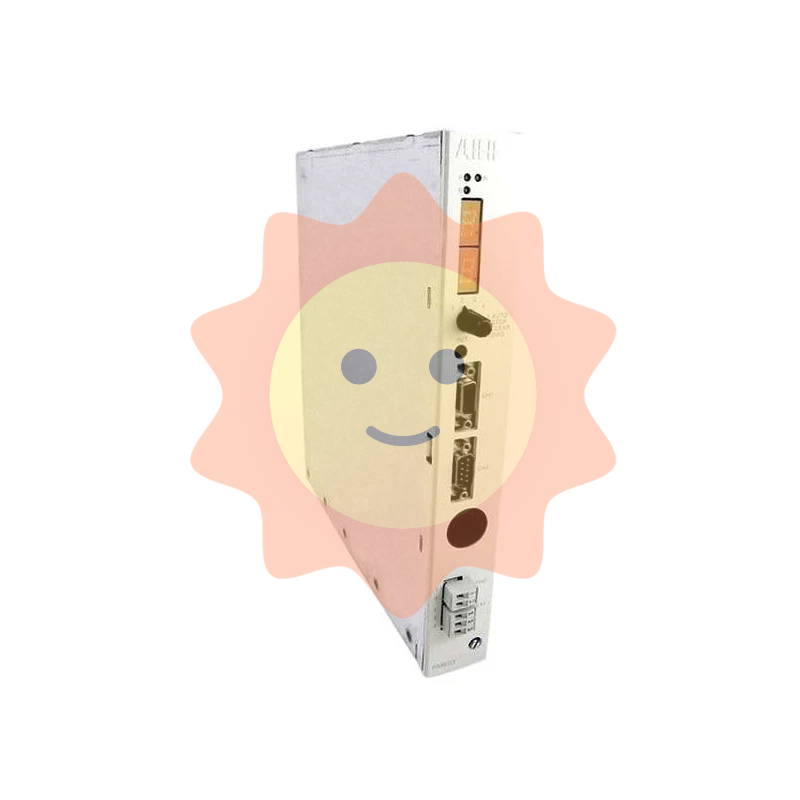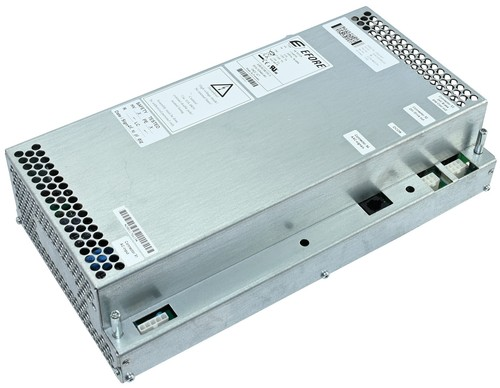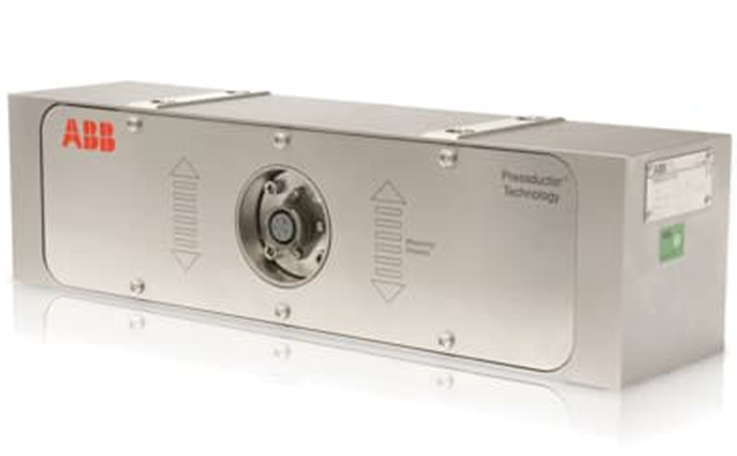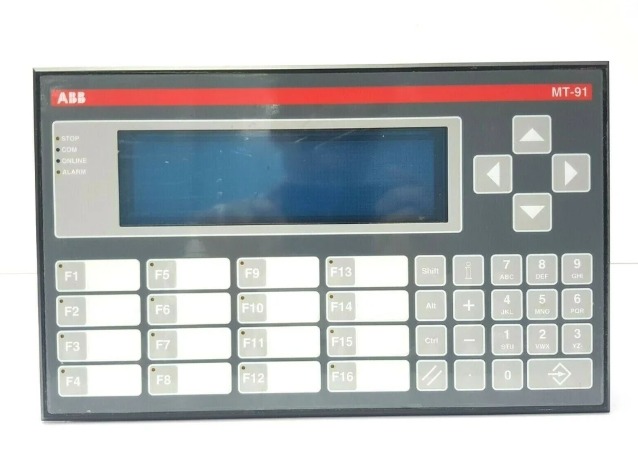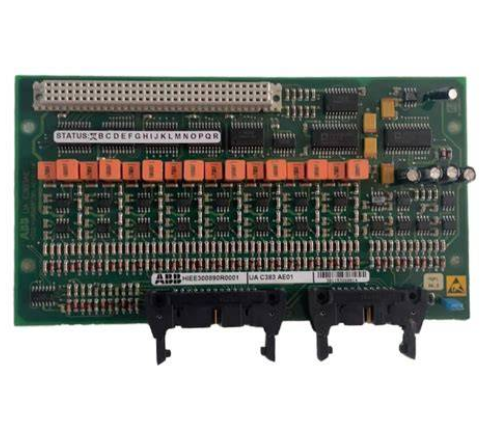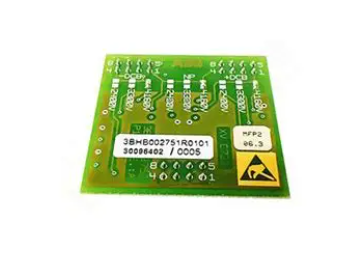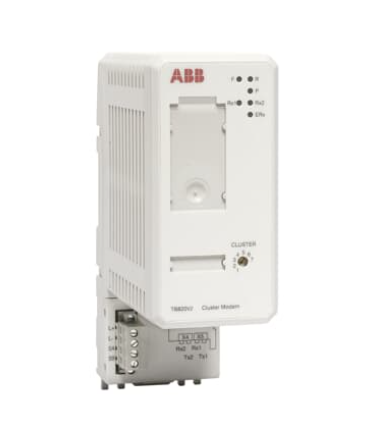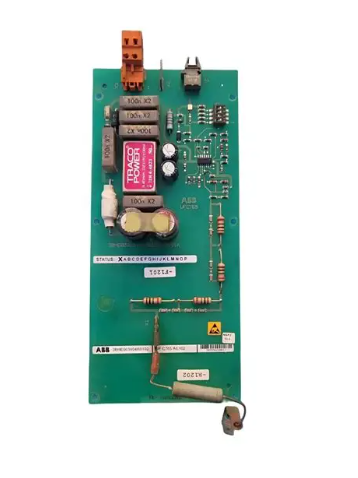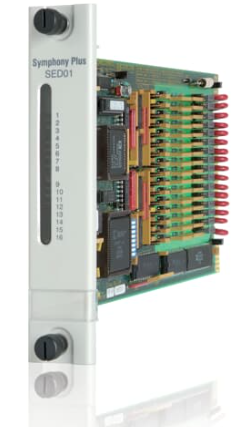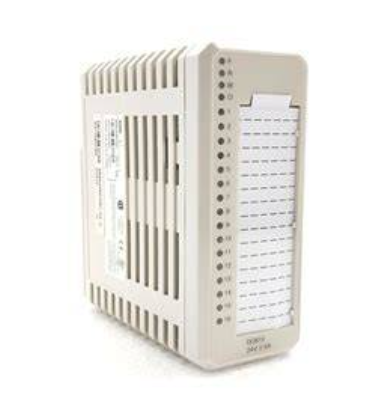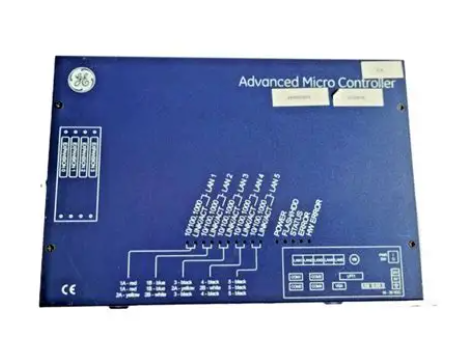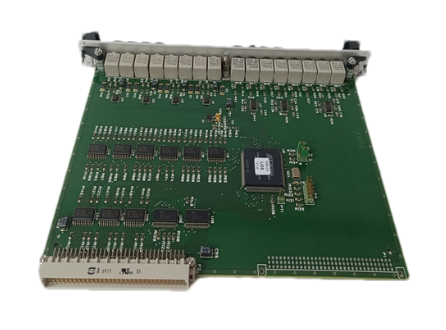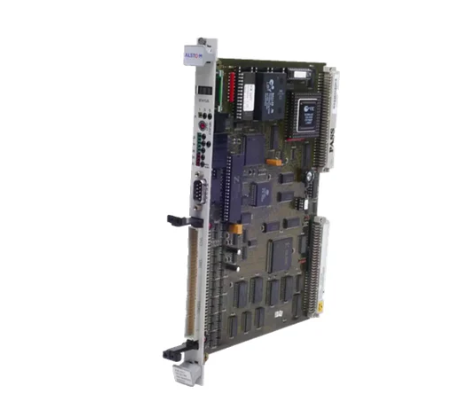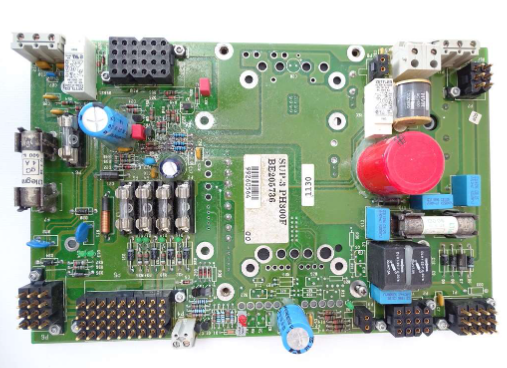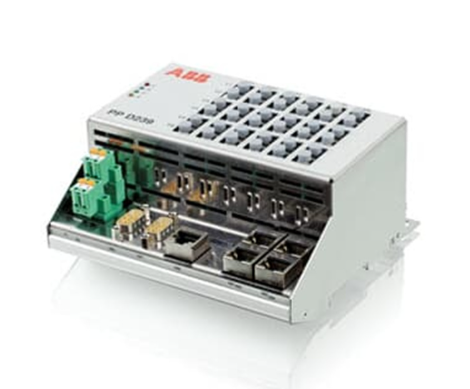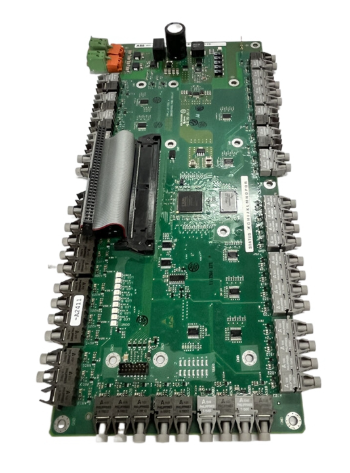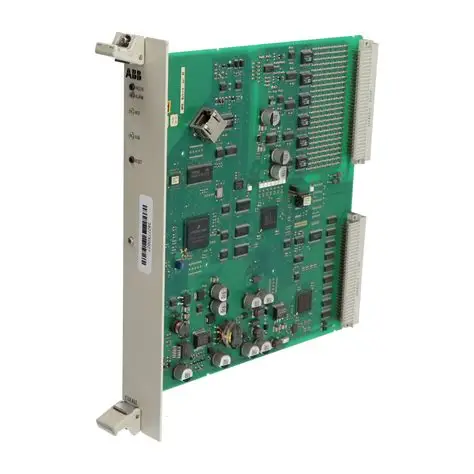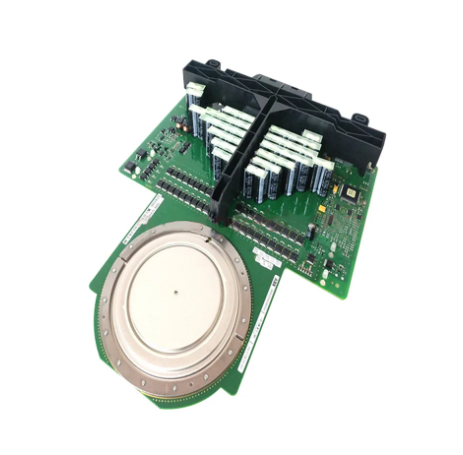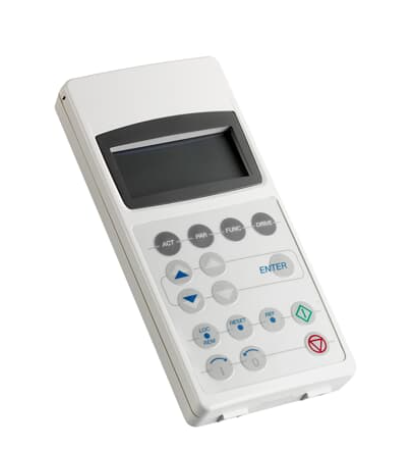ABB 3BDH000031R1 FI 820F Fieldbus Module Serial
ABB 3BDH000031R1 FI 820F Fieldbus Module Serial
Product overview
ABB 3BDH000031R1 FI 820F is a fieldbus serial module designed specifically for industrial automation systems, and is an extension module for ABB AC 800M series controllers. Its core function is to achieve data exchange between controllers and field devices (such as sensors, actuators, and smart meters) through serial communication protocols (such as Modbus RTU, RS-232/RS-485), supporting the conversion of serial data into a format recognizable by industrial networks. It is a key component in building distributed control systems (DCS).
Technical Parameter
Communication protocol: Supports Modbus RTU, RS-232/RS-485, compatible with ASCII and RTU modes, with a maximum baud rate of 115.2 kbps.
Interface type: 2 serial interfaces (DB9 pin, configurable as RS-232 or RS-485), supporting full duplex/half duplex modes.
Electrical isolation: Channel to channel electrical isolation (2500V AC), resistant to electromagnetic interference (EMI) and radio frequency interference (RFI).
Data transmission: Supports point-to-point and multi drop topologies, connecting up to 32 slave devices.
Configuration tool: Use ABB Control Builder M software for parameter configuration, supporting GSD file import.
Physical specifications
Dimensions: 100mm (width) x 150mm (height) x 30mm (depth)
Weight: Approximately 0.2kg
Working temperature: -40 ° C~+70 ° C (industrial grade wide temperature design), humidity ≤ 95% RH (no condensation).
Protection level: IP20 (to be installed inside the control cabinet), in compliance with EN 61131-2 standard.
Core functions
Multi protocol conversion:
As a Modbus RTU slave or master, it enables protocol conversion between AC 800M controllers and third-party devices such as frequency converters and flow meters, supporting data mapping and format conversion (such as integers, floating-point numbers, ASCII strings).
Flexible configuration:
Each interface can be independently configured as RS-232 or RS-485, supporting different baud rates, data bits, stop bits, and parity methods (such as odd parity, even parity, and no parity).
Diagnosis and redundancy:
Built in LED status indicator lights (power, communication, error), real-time display of module operation status; Support redundant power input (optional) to improve system reliability.
Data caching and filtering:
Built in data buffer, supporting burst data caching and traffic control to avoid data loss; Configurable data filtering rules, only transmitting key parameters.
Working principle
Signal reception and analysis:
The module receives serial data from field devices through the RS-232/RS-485 interface, parses data frames according to a preset protocol (such as Modbus RTU), and extracts valid information (such as register addresses and data values).
Protocol conversion and forwarding:
Convert the parsed serial data into an industrial network data format recognizable by the AC 800M controller (such as ABB's Control Network protocol), and transmit it to the controller for processing through the backplane bus.
Control instruction issuance:
Receive command data from the controller, package it in serial communication format (such as Modbus function code), and send it to the field device through the interface to achieve remote control (such as frequency converter start stop, parameter adjustment).
Key advantages
High compatibility:
Supports mainstream serial protocols, compatible with over 1000 third-party devices, reducing system integration complexity.
Reliability design:
Electrical isolation and wide temperature design, suitable for harsh industrial environments such as high temperature, high humidity, and strong electromagnetic interference.
Efficient data processing:
The high-speed processor supports real-time data transmission with a response time of ≤ 10ms, meeting real-time control requirements.
Easy to maintain:
Plug and play design, supports hot plugging (requires power-off operation), and module replacement does not require system reconfiguration.
Precautions
Installation and wiring:
Standard DIN Rail to be installed inside the control cabinet to ensure good ventilation; The RS-485 bus requires the use of shielded twisted pair cables with a terminal connected to a 120 Ω resistor.
Distinguish between RS-232 (full duplex) and RS-485 (half duplex) wiring methods to avoid module damage caused by polarity reversal.
Parameter configuration:
Use Control Builder M software to configure parameters such as slave address and baud rate to ensure consistency with the on-site equipment; Avoid multiple device address conflicts.
Troubleshooting:
When there is a communication failure, priority should be given to checking the physical connection (such as cable damage or loose terminals), followed by locating the problem through module indicator lights and software diagnostic tools (such as ABB diagnostic interface).
Similar model supplement
FI 820E
Supports EIA-422 protocol, 4-wire full duplex communication, suitable for long-distance transmission (up to 1200 meters).
Distributed control system, scenarios with large equipment spacing.
FI 830F
Add USB interface, support local data storage and firmware upgrade, compatible with Modbus TCP protocol.
Scenarios requiring local data recording or remote firmware updates.
FI 810F
Single channel design, lower cost, suitable for simple serial communication requirements.
Small automation systems, such as single machine equipment control.
Application scenarios
manufacturing
Connect PLC with intelligent instruments (such as temperature controllers and pressure transmitters), collect process parameters in real-time and upload them to SCADA system.
In the automotive production line, control robots communicate with welding guns, fixtures, and other equipment through Modbus RTU protocol to achieve precise motion coordination.
Energy and Electricity:
In a photovoltaic power station, the operational data of the inverter (such as voltage, current, and power) is collected and summarized to the central controller through the RS-485 bus.
In the substation, connect smart meters and relay protection devices to achieve remote monitoring and fault diagnosis of power parameters.
Process control:
In the chemical reaction kettle, the opening of the regulating valve is controlled through Modbus protocol to regulate the material flow rate and achieve closed-loop control.
In sewage treatment plants, water quality analyzers (such as pH meters and flow meters) are connected to monitor treatment process parameters in real-time and adjust the operation status of dosing pumps.
Building automation:
In intelligent buildings, the serial data of integrated elevator controllers and air conditioning units is converted into BACnet protocol through FI 820F and connected to the building management system (BMS).
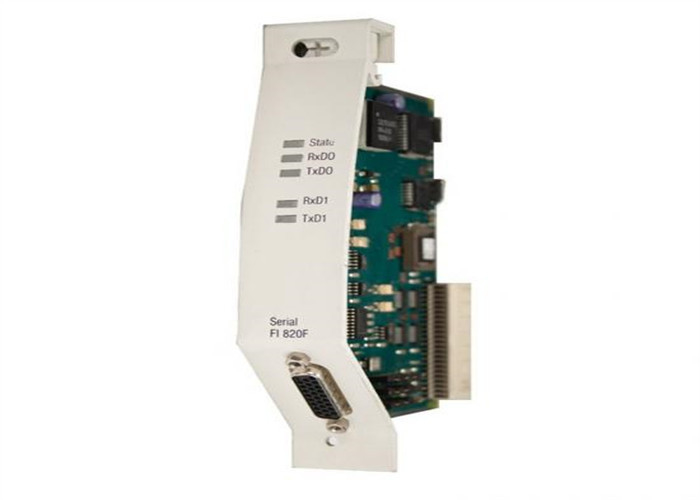
- EMERSON
- Honeywell
- CTI
- Rolls-Royce
- General Electric
- Woodward
- Yaskawa
- xYCOM
- Motorola
- Siemens
- Rockwell
- ABB
- B&R
- HIMA
- Construction site
- electricity
- Automobile market
- PLC
- DCS
- Motor drivers
- VSD
- Implications
- cement
- CO2
- CEM
- methane
- Artificial intelligence
- Titanic
- Solar energy
- Hydrogen fuel cell
- Hydrogen and fuel cells
- Hydrogen and oxygen fuel cells
- tyre
- Chemical fiber
- dynamo
- corpuscle
- Pulp and paper
- printing
- fossil
- FANUC
- Food and beverage
- Life science
- Sewage treatment
- Personal care
- electricity
- boats
- infrastructure
- Automobile industry
- metallurgy
- Nuclear power generation
- Geothermal power generation
- Water and wastewater
- Infrastructure construction
- Mine hazard
- steel
- papermaking
- Natural gas industry
- Infrastructure construction
- Power and energy
- Rubber and plastic
- Renewable energy
- pharmacy
- mining
- Plastic industry
- Schneider
- Kongsberg
- NI
- Wind energy
- International petroleum
- International new energy network
- gas
- WATLOW
- ProSoft
- SEW
- wind
- ADVANCED
- Reliance
- YOKOGAWA
- TRICONEX
- FOXBORO
- METSO
- MAN
- Advantest
- ADVANCED
- ALSTOM
- Control Wave
- AB
- AMAT
- STUDER
- KONGSBERG
- MOTOROLA
- DANAHER MOTION
- Bently
- Galil
- EATON
- MOLEX
- Triconex
- DEIF
- B&W
- ZYGO
- Aerotech
- DANFOSS
- KOLLMORGEN
- Beijer
- Endress+Hauser
- MOOG
- KB
- Moxa
- Rexroth
- YAMAHA
- Johnson
- Westinghouse


Email:wang@kongjiangauto.com

